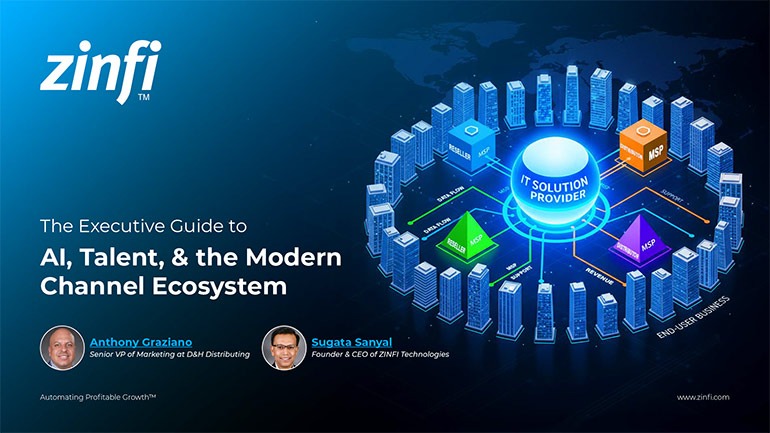Best Practices Articles

What is Lead Management Software?
What is lead management software? A simple definition would go something like this: business process automation software that streamlines activities between marketing and sales to identify potential new business opportunities and enable the closing of sales.
Now, to explain what lead management is functionally, we have to spend a few more minutes analyzing the process of lead generation and closure of a business transaction. Typically, lead management software automates every step from start to finish, encompassing lead generation, management and closure. In this article, we will explore these few critical stages.
The key components of lead management software are: 1) integrated lead generation capabilities, including integrated marketing tools, 2) a repository like a CRM to manage and process all the leads, and 3) the ability to distribute those leads to various groups of partners for processing.
Each of these three phases requires an integrated set of capabilities to be in place in order for lead management to succeed. In other words, good lead management software doesn’t focus exclusively on lead routing and distribution capabilities, but it also enables users to generate leads with an integrated approach and distribute them to a diverse partner base efficiently.
Now, some of you may be thinking that, well, demand generation is beyond the scope of marketing automation software. That may be generally true, but advanced lead management software like that offered by ZINFI already comes with integrated demand generation capabilities. This out-of-the-box integrated capability significantly increases ease of use, reduces deployment and configuration time, and reduces operating costs.
The same applies to lead distribution and management. When you are trying to accommodate a variety of users within lead management software, the core capability must be linked to the creation of rules, groups, and dynamic management policies. Some of the policies may vary by region, territory, product types, etc., and the lead management software should be able to handle various go-to-market models without requiring the organization to spend boat loads of money in building customized customer configuration.
Finally, tracking and reporting of leads across the lead management lifecycle is incredibly important to drive return on investment (ROI). Your lead management software must have a powerful, dynamic analytical engine to provide detailed, step-by-step visibility into what is working and what is not.
When properly configured, state-of-the-art lead management software can provide deep insight into a variety of lead generation and management activities. It can also identify process gaps, areas ripe for improvement and potential user training requirements to maximize ROI from any marketing and sales investment.
Best Practices Guidebook
 Modernizing Channel Marketing: AI and Ecosystem Enablement Best Practices
Modernizing Channel Marketing: AI and Ecosystem Enablement Best PracticesDownload for FREE
 The Channel’s Shift to Partner-Led With AI Best Practices
The Channel’s Shift to Partner-Led With AI Best PracticesDownload for FREE
 Hyperscalers, ISVs, and AI: Shaping the Future of B2B Software Distribution
Hyperscalers, ISVs, and AI: Shaping the Future of B2B Software DistributionDownload for FREE
 Definitive Guide to a Partner Ecosystem-First Sales Strategy
Definitive Guide to a Partner Ecosystem-First Sales StrategyDownload for FREE
 The Partner-Led Digital and AI Transformation Best Practices
The Partner-Led Digital and AI Transformation Best PracticesDownload for FREE
 Startup Talent Recruitment: Hiring Missionaries, Not Mercenaries
Startup Talent Recruitment: Hiring Missionaries, Not MercenariesDownload for FREE
 The Future of Partner Relationship Management with AI in Partnerships
The Future of Partner Relationship Management with AI in PartnershipsDownload for FREE
 Cybersecurity for the 99%: Strategies from the Frontline
Cybersecurity for the 99%: Strategies from the FrontlineDownload for FREE
 Mastering Partner Relationships: A Strategic Approach to Business Growth
Mastering Partner Relationships: A Strategic Approach to Business GrowthDownload for FREE
 Mastering Partner Relationship Management: Keys to SaaS Channel Success
Mastering Partner Relationship Management: Keys to SaaS Channel SuccessDownload for FREE
 Navigating the AI Revolution: Guide for Partners in the Microsoft Ecosystem
Navigating the AI Revolution: Guide for Partners in the Microsoft EcosystemDownload for FREE
 Mastering the Modern Buyers Journey: Sales Leader’s Guide to AI & Engagement
Mastering the Modern Buyers Journey: Sales Leader’s Guide to AI & EngagementDownload for FREE










